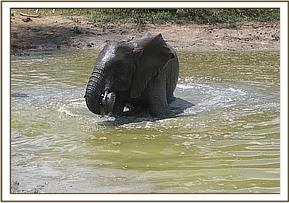Every elephant that dies at the hands of poachers so that it's ivory tusks can satisfy the appetite of the thoughtless masses in the Far East, whilst satiating the greed of local people who are killing the country's irreplaceable wild heritage, sickens all caring people
Every elephant that dies at the hands of poachers so that it's ivory tusks can satisfy the appetite of the thoughtless masses in the Far East, whilst satiating the greed of local people who are killing the country's irreplaceable wild heritage, sickens all caring people. It pains us to count the carcasses of wild elephants that have fallen to poachers and become another cruel statistic, yet when one of those turns out to be none other than Ex Orphan Selengai, who has been hand-reared from the tender age of just 1 week, and who has grown up and made the transition to a wild life amongst her Ex Orphan peers in a National Park, which is supposed to be a safe haven, then it is beyond painful for those that have nurtured this baby and been with it day and night until it decided to make the transition to a wild life. It leaves those that have loved this Elephant as they would their own child, totally bereft. It has been thus with Ex Orphan Selengai who died an agonizing death at the hands of poachers by a poisoned spear lodged deep into her back, having been thrown from a poaching platform. This very platform was soon after found by our anti-poaching teams and destroyed. She was last seen at the Ithumba Stockades along with the other Ex Orphan Unit on the 2nd October, and her body was found not far from the Stockades on the 4th, so she was probably attempting to return to her erstwhile human family for help, as have others in the past.
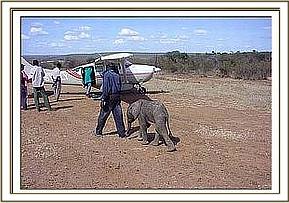
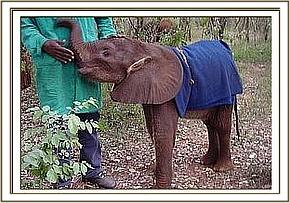

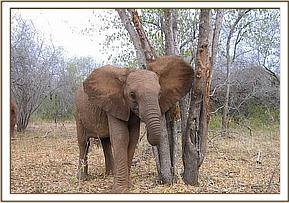
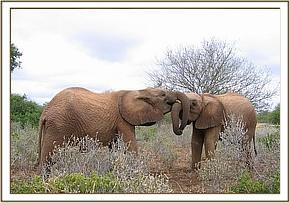

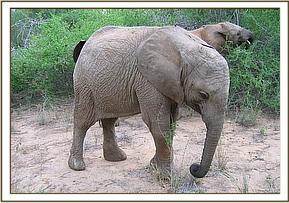


Selengai's body was discovered on the 4th October 2012, already in a state of decay, rotting from within from the effects of the poison, which is sometimes dipped into sulphuric acid to render it more lethal. She probably died on the 2nd, because she was last seen that morning, along with others within Yatta's group who came to share the Keeper Dependent orphans Lucerne hand-out. When the Ex Orphans next showed up, both Selengai and Buchuma were missing but mercifully Buchuma returned a day or two later. Selengai never will. She is yet another victim of the poaching pandemic that threatens annihilation of Africa's elephants along with the beleaguered rhinos and all because of the populous Nations of the Far East, particularly those of China, Thailand and Vietnam.
It is, indeed, frustrating that the Convention on International Trade in Endangered Species of Wild Fauna and Flora (CITES) sanctions the selling of so-called legal Southern African ivory stockpiles, amongst which are the tusks of many poached victims and where there is also a great deal of corruption. By allowing such sales, illegal ivory is easily laundered into the system, enriching the poachers, the middlemen buyers, many of whom are Chinese nationals who have pushed up the price paid to a poacher from its previous level of K. Shs. 300/- per kilo to a whopping K. Shs. 25,000/-. Greedy middlemen buyers and the merchants at the other end in the Far East have blood on their hands as do the greedy local officials who turn a blind eye.
The current poaching pandemic is now beyond the capacity of African Governments to control and so it now rests with the International Community, not to think selfishly only about trade, but instead about the other creatures that populate this planet, and have just as much right to life. Many, like the elephants, are indeed vital to the wellbeing of wild Africa and its inhabitants, for they are the providers of water in arid lands, sealing natural depressions so that they hold water longer, and the providers of browse for smaller creatures through pulling down branches to bring them within reach of others. They trigger the cycles between grassland and thicket and without them many other wild species will also be doomed.
The Trust does not take the loss of this precious orphaned elephant lightly. We will do our utmost to provide more effective security over Tsavo, to undertake more aerial surveillance by making a second Supercub available to the authorities, and increasing the capacity of our anti-poaching teams, striving for the permission to arm them so that they do not have to rely on the presence of a KWS Ranger before they can patrol, as is the case at the moment. The Wildlife Service is stretched and most of the Rangers are deployed on the Ranches peripheral to the Park, to try and stem the slaughter going on there. We will do whatever it takes to keep the other orphans and their wild friends safe.
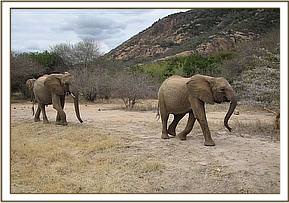
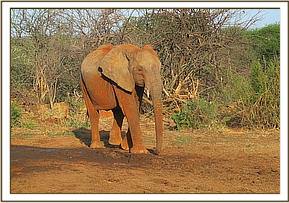
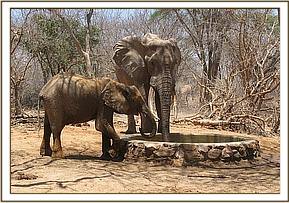
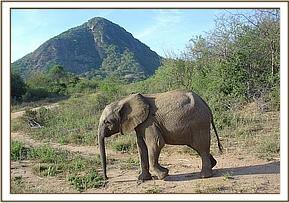
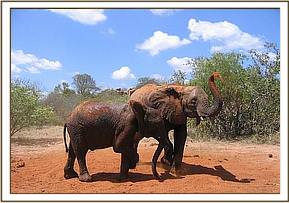

The Trust's ability to increase wildlife security in the Tsavo Conservation Area is to a great extent dependent on the help of our donors. Your contributions will help us save lives today and secure habitats for tomorrow. If you are able, please make a donation towards our anti-poaching efforts at https://www.sheldrickwildlifetrust.org/is/donate_now.asp
You can also add your voice to the Trusts iWorry campaign, which was launched just 2 weeks ago. The DSWT iWorry campaign aims to raise awareness of the urgent need to stop all trade in ivory internationally, in order to protect the future of elephants.
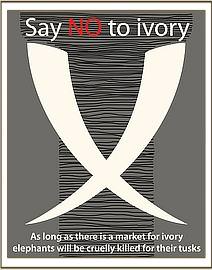
Visit http://www.iworry.org and sign the petition which will be presented to CITES and speak up for elephants by contacting your country's representatives to CITES; details are on the campaign website.
In March 2013 CITES will meet in Thailand to discuss, amongst other topics, the ivory trade. Just this week Tanzania has formally applied to CITES for permission to hold a one-off sale of 101 tonnes of stockpiled ivory and to reduce protection for its elephant population. This is an outrageous proposal, coming at a time when ivory poaching is escalating and elephants are being killed at the worst rates in well over a decade. So please, we must all speak up for elephants, while we still can.
